
How to Use Orange Pi 3B: Examples, Pinouts, and Specs
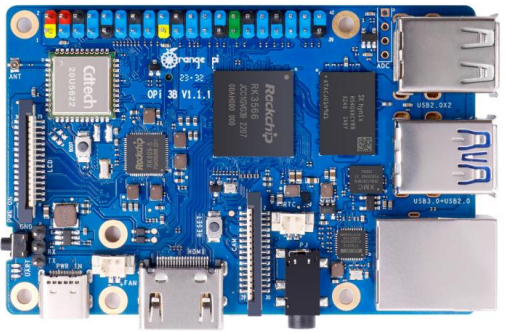
 Design with Orange Pi 3B in Cirkit Designer
Design with Orange Pi 3B in Cirkit DesignerIntroduction
The Orange Pi 3B is a high-performance single-board computer (SBC) developed by Orange Pi, Shenzhen Xunlong Software Co., Ltd. It is powered by a quad-core ARM Cortex-A53 processor and comes with up to 2GB of DDR3 RAM. This versatile SBC supports multiple operating systems, including Android, Ubuntu, and Debian, making it suitable for a variety of applications such as multimedia, IoT, robotics, and general-purpose computing.
With its GPIO pins, USB ports, and other connectivity options, the Orange Pi 3B is ideal for developers, hobbyists, and educators looking to build custom hardware projects or explore software development.
Explore Projects Built with Orange Pi 3B
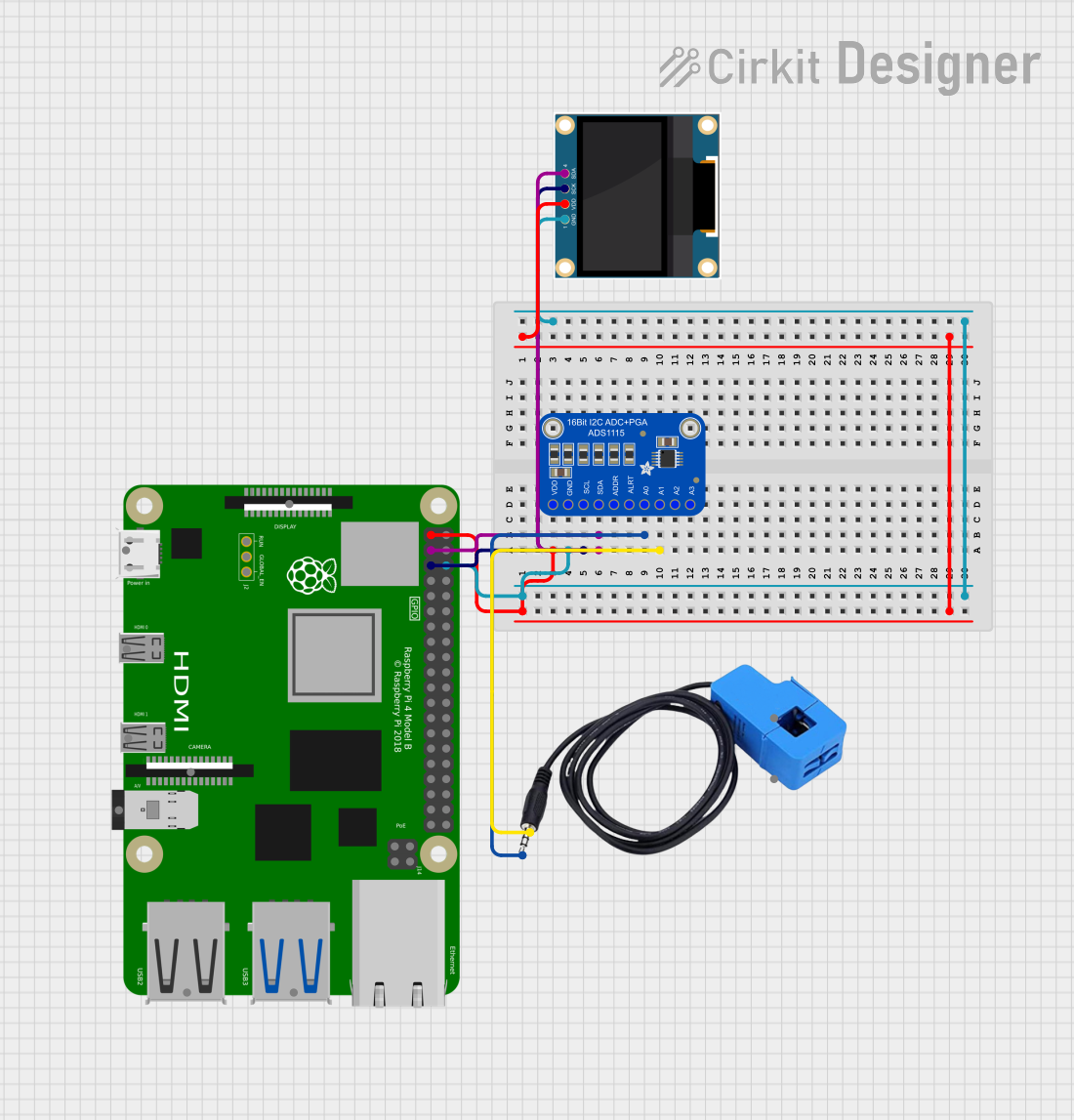
 Open Project in Cirkit Designer
Open Project in Cirkit Designer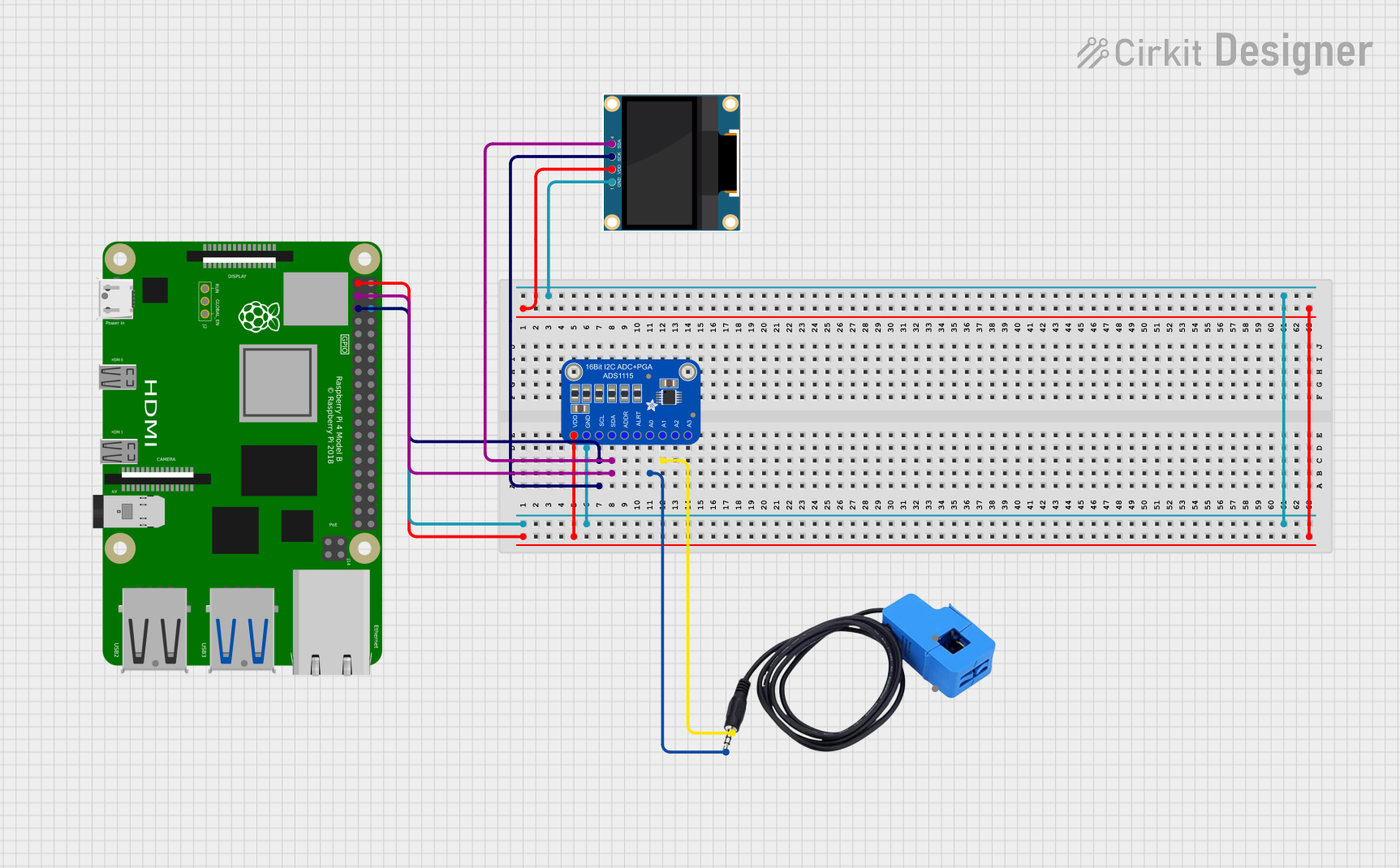
 Open Project in Cirkit Designer
Open Project in Cirkit Designer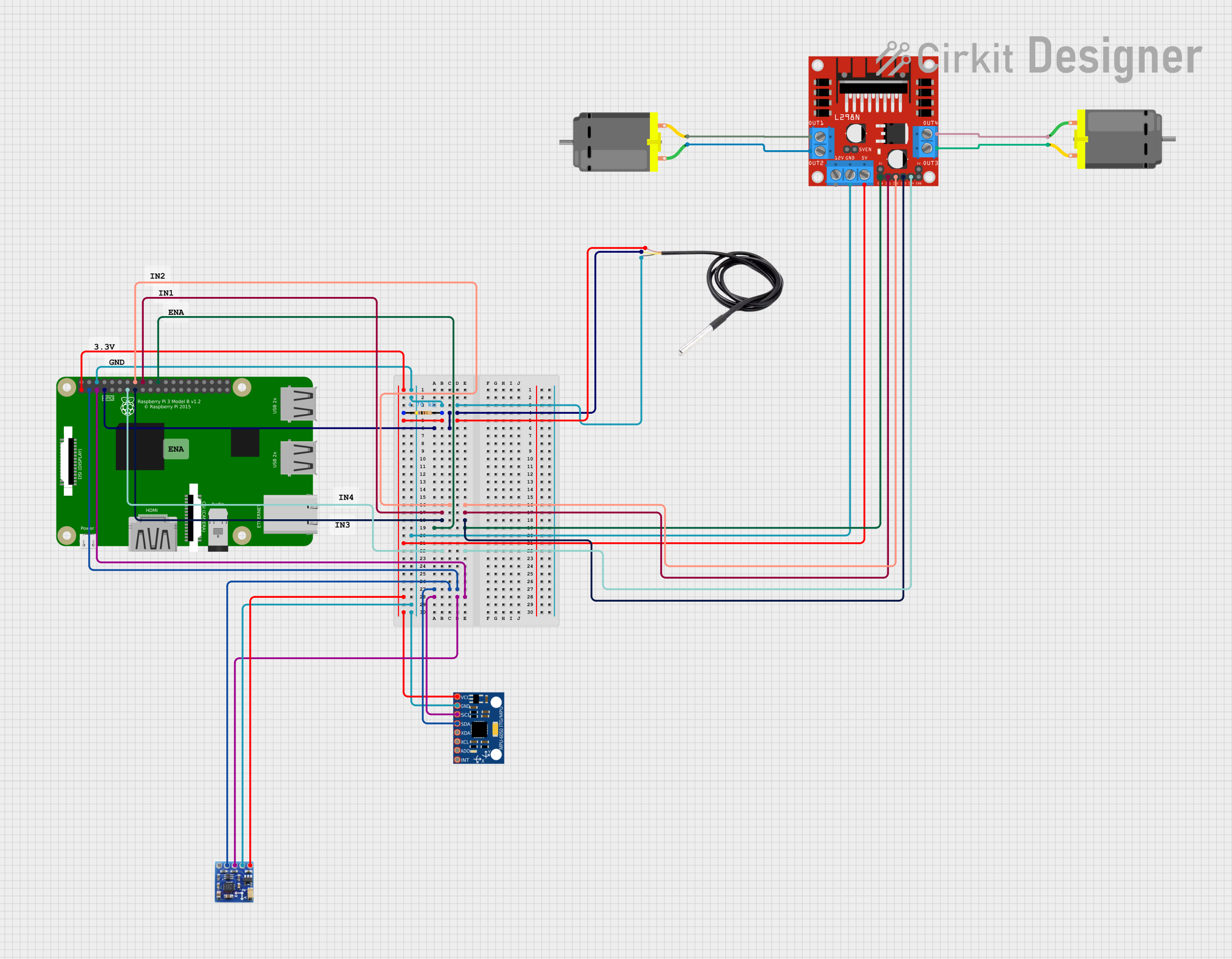
 Open Project in Cirkit Designer
Open Project in Cirkit Designer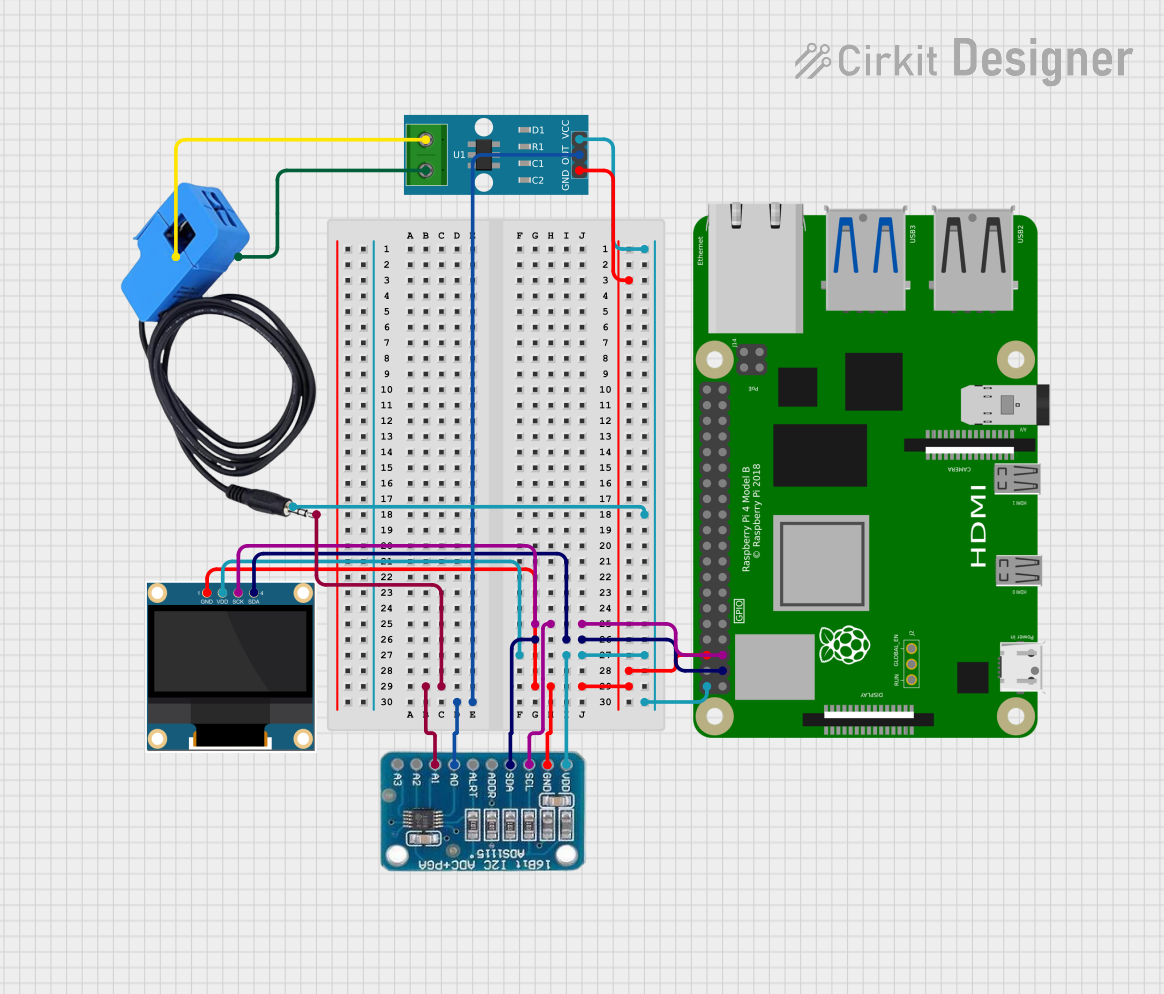
 Open Project in Cirkit Designer
Open Project in Cirkit DesignerExplore Projects Built with Orange Pi 3B

 Open Project in Cirkit Designer
Open Project in Cirkit Designer
 Open Project in Cirkit Designer
Open Project in Cirkit Designer
 Open Project in Cirkit Designer
Open Project in Cirkit Designer
 Open Project in Cirkit Designer
Open Project in Cirkit DesignerCommon Applications
- IoT (Internet of Things): Smart home devices, sensors, and automation systems.
- Multimedia: Media centers, streaming devices, and digital signage.
- Robotics: Control systems for robots and drones.
- Education: Teaching programming, electronics, and embedded systems.
- Prototyping: Rapid development of hardware and software projects.
Technical Specifications
Key Technical Details
| Specification | Details |
|---|---|
| Processor | Allwinner H6 Quad-core ARM Cortex-A53 |
| GPU | Mali-T720 MP2 |
| RAM | 1GB or 2GB DDR3 (depending on the model) |
| Storage | microSD card slot, eMMC module support (up to 16GB) |
| Operating Systems | Android, Ubuntu, Debian |
| Connectivity | Gigabit Ethernet, Wi-Fi (802.11 b/g/n/ac), Bluetooth 5.0 |
| USB Ports | 3x USB 3.0, 1x USB 2.0 |
| HDMI Output | HDMI 2.0 (4K@60fps support) |
| GPIO Pins | 26-pin header compatible with Raspberry Pi GPIO layout |
| Power Supply | 5V/3A via USB Type-C |
| Dimensions | 90mm x 64mm |
Pin Configuration and Descriptions
The Orange Pi 3B features a 26-pin GPIO header for hardware interfacing. Below is the pinout:
| Pin Number | Pin Name | Description |
|---|---|---|
| 1 | 3.3V | Power supply (3.3V) |
| 2 | 5V | Power supply (5V) |
| 3 | GPIO2 (SDA) | I2C Data |
| 4 | 5V | Power supply (5V) |
| 5 | GPIO3 (SCL) | I2C Clock |
| 6 | GND | Ground |
| 7 | GPIO4 | General-purpose I/O |
| 8 | GPIO14 (TXD) | UART Transmit |
| 9 | GND | Ground |
| 10 | GPIO15 (RXD) | UART Receive |
| 11 | GPIO17 | General-purpose I/O |
| 12 | GPIO18 | PWM Output |
| 13 | GPIO27 | General-purpose I/O |
| 14 | GND | Ground |
| 15 | GPIO22 | General-purpose I/O |
| 16 | GPIO23 | General-purpose I/O |
| 17 | 3.3V | Power supply (3.3V) |
| 18 | GPIO24 | General-purpose I/O |
| 19 | GPIO10 (MOSI) | SPI Master Out, Slave In |
| 20 | GND | Ground |
| 21 | GPIO9 (MISO) | SPI Master In, Slave Out |
| 22 | GPIO25 | General-purpose I/O |
| 23 | GPIO11 (SCLK) | SPI Clock |
| 24 | GPIO8 (CE0) | SPI Chip Enable 0 |
| 25 | GND | Ground |
| 26 | GPIO7 (CE1) | SPI Chip Enable 1 |
Usage Instructions
How to Use the Orange Pi 3B in a Circuit
Powering the Board:
- Use a 5V/3A power adapter with a USB Type-C connector to power the Orange Pi 3B.
- Ensure the power supply is stable to avoid unexpected shutdowns.
Connecting Peripherals:
- Attach a monitor via the HDMI port for video output.
- Connect a keyboard and mouse to the USB ports for input.
- Insert a microSD card with a compatible operating system image.
Using GPIO Pins:
- The GPIO pins can be used for interfacing with sensors, actuators, and other hardware.
- Use a breadboard and jumper wires for prototyping circuits.
Installing an Operating System:
- Download the desired OS image (e.g., Ubuntu or Debian) from the official Orange Pi website.
- Flash the image onto a microSD card using tools like Balena Etcher.
- Insert the microSD card into the Orange Pi 3B and power it on.
Important Considerations and Best Practices
- Heat Management: The Orange Pi 3B can get hot during operation. Use a heatsink or fan for cooling, especially for intensive tasks.
- Static Protection: Handle the board with care to avoid damage from static electricity. Use an anti-static mat or wrist strap.
- GPIO Voltage Levels: The GPIO pins operate at 3.3V logic levels. Avoid connecting 5V signals directly to the GPIO pins to prevent damage.
Example: Blinking an LED with GPIO
The following example demonstrates how to blink an LED using the GPIO pins of the Orange Pi 3B. This example assumes you are using Python with the OPi.GPIO library.
Import the OPi.GPIO library
import OPi.GPIO as GPIO import time
Set the GPIO mode to BOARD (physical pin numbering)
GPIO.setmode(GPIO.BOARD)
Define the pin number where the LED is connected
LED_PIN = 11 # Pin 11 corresponds to GPIO17
Set the pin as an output
GPIO.setup(LED_PIN, GPIO.OUT)
Blink the LED in a loop
try: while True: GPIO.output(LED_PIN, GPIO.HIGH) # Turn the LED on time.sleep(1) # Wait for 1 second GPIO.output(LED_PIN, GPIO.LOW) # Turn the LED off time.sleep(1) # Wait for 1 second except KeyboardInterrupt: # Clean up GPIO settings on exit GPIO.cleanup()
---
Troubleshooting and FAQs
Common Issues
The board does not power on:
- Ensure the power adapter provides 5V/3A and is properly connected.
- Check the USB Type-C cable for damage.
No display on the monitor:
- Verify the HDMI cable is securely connected.
- Ensure the monitor is set to the correct input source.
- Check if the operating system image is correctly flashed onto the microSD card.
GPIO pins not working:
- Confirm the correct GPIO pin numbering mode is used in your code.
- Check for loose connections or wiring errors.
Overheating:
- Install a heatsink or fan to improve cooling.
- Avoid running resource-intensive tasks for extended periods without proper cooling.
Tips for Troubleshooting
- Use a multimeter to check voltage levels on the GPIO pins.
- Test the board with a different microSD card and operating system image.
- Refer to the official Orange Pi forums and documentation for additional support.